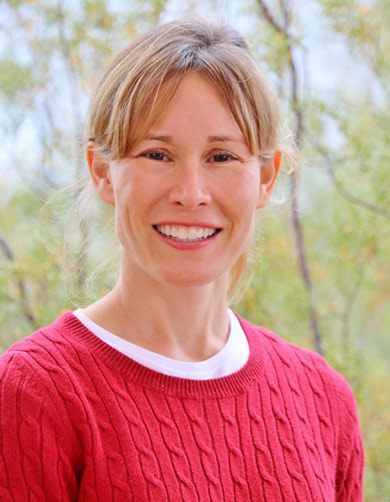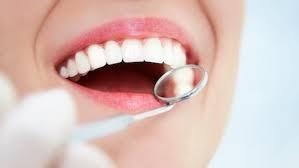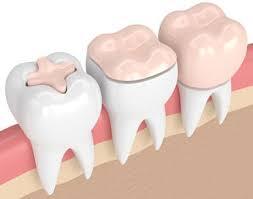Dr. Krizman takes an integrative approach to patient care. She recognizes that the body is an interconnection of vessels, organs, and systems that harmonize to achieve optimal health and function. Not only do dental problems have a negative impact on your smile and your overall quality of life, but the way problems are prevented and treated does as well. Whether we are performing preventative dental care or repairing damage, we take a number of important variables into consideration so that you and your family receive the maximum benefits of holistic dental care.
What are dental implants?
A dental implant is a root replacement; typically 3-4 months after your bone has healed from an extraction, the implant is inserted into the jawbone where the root used to be. The placement of one or more implants is very straightforward. Comfort is maintained with methods such as essential oils and acupuncture in addition to local anesthetic. IV sedation is offered on patient request. After the appropriate number of implants have been placed and covered by gum tissue, the body will naturally respond by generating the growth of new bone tissue around the implant. Because Dr. Krizman uses biocompatible materials, implants are expected to integrate fully into the bone. Patients are given the option of either Zirconia or Titanium Implants.
Z-Systems implants
The most common material implants are made of is titanium. Many people are able to tolerate this metal without incident. To accurately assess each patient’s needs, Dr. Krizman performs biocompatibility testing before performing implant surgery. In some instances, a metal-free alternative is the most holistic approach. Z-systems implants are a wonderful option.
Dental crowns
A crown may be necessary when a tooth has been badly damaged. In some cases, a crown serves a cosmetic purpose only. Dr. Krizman also works with all porcelain crowns, high-quality gold crowns, and porcelain fused to metal crowns.
Inlays and onlays
In the past, a tooth that could not be repaired with a filling would require a full dental crown. Today, it is possible to treat damage with precision restorations appropriate for each situation. Inlays and onlays could be called indirect fillings or even partial crowns. These restorations are made in a dental lab from a model of your tooth. An inlay is smaller, fitting within the cusps of tooth structure. Onlays are designed to repair damage that has extended over one or more cusps. These restorations are bonded to the chewing surface of the tooth, creating strength and durability for years.
Bridges
Tooth loss is an issue to address quickly. If a space is left between two teeth or at the very back of the mouth, other teeth will shift. This may affect the bite. When there is a gap, it is also likely that you will favor the opposite side of the mouth when chewing. Ultimately, this will place too much stress on the joints and muscles of the jaw, potentially leading to uncomfortable symptoms of TMJ.
What is L-PRF?
L-PRF stands for Leukocyte Platelet Rich Fibrin. It is a material that is harnessed from your own blood during a simple blood draw at the beginning of the procedure. The blood sample is placed in a centrifuge machine, where it is spun slowly to separate your white blood cells and platelets to form L-PRF. This nutrient-rich concentrate has several benefits over platelet-rich plasma (PRP), which is commonly used in “vampire facials.” PRF contains fibrin, an important component that works like scaffolding to support your blood cells and enhance their release of rejuvenating growth factors. PRF is also spun more slowly than PRP, which preserves vital nutrients that can be lost in PRP and does not contain any additives such as calcium chloride or thrombin that are often components of PRP.





